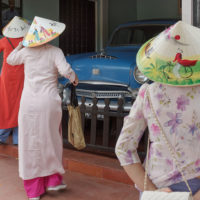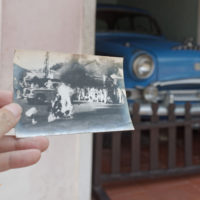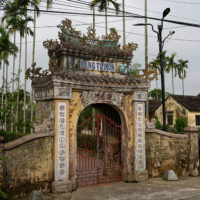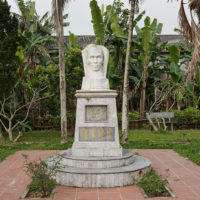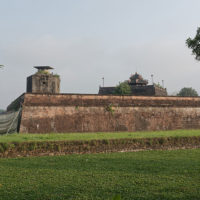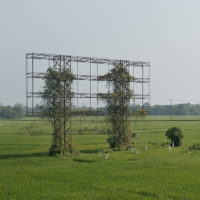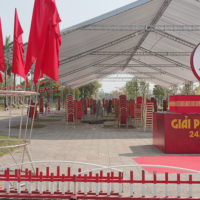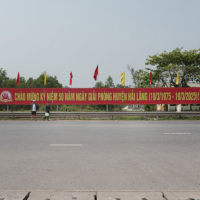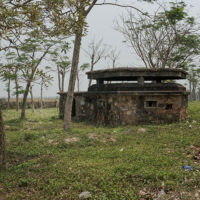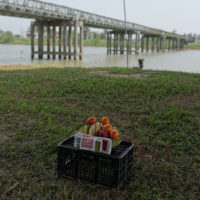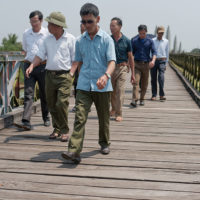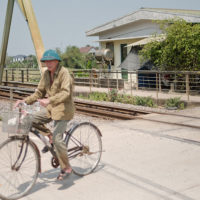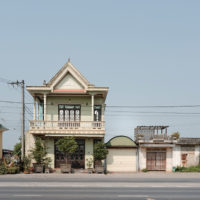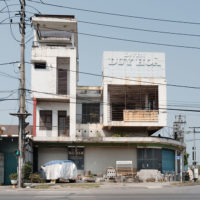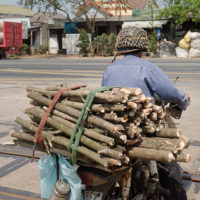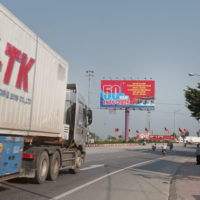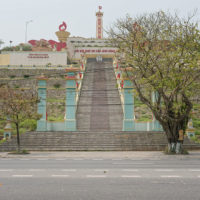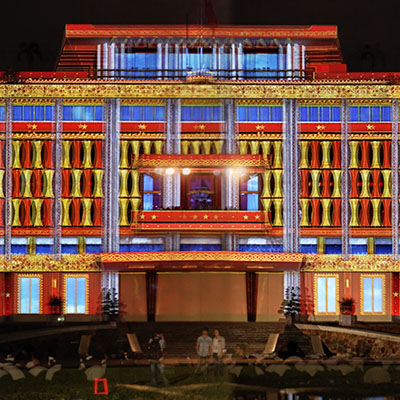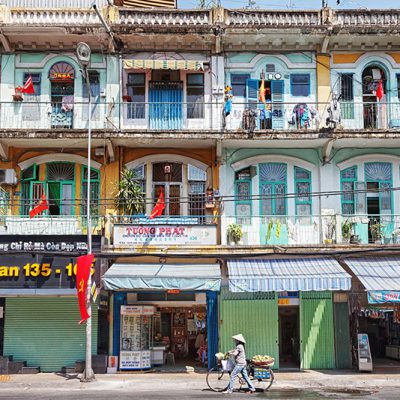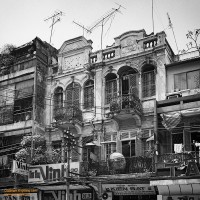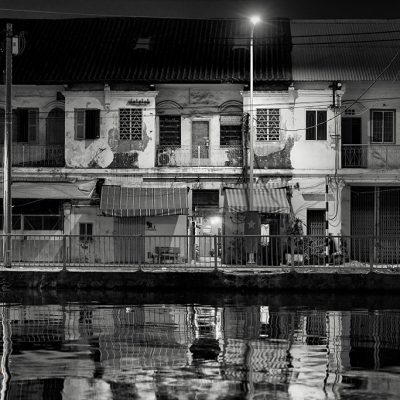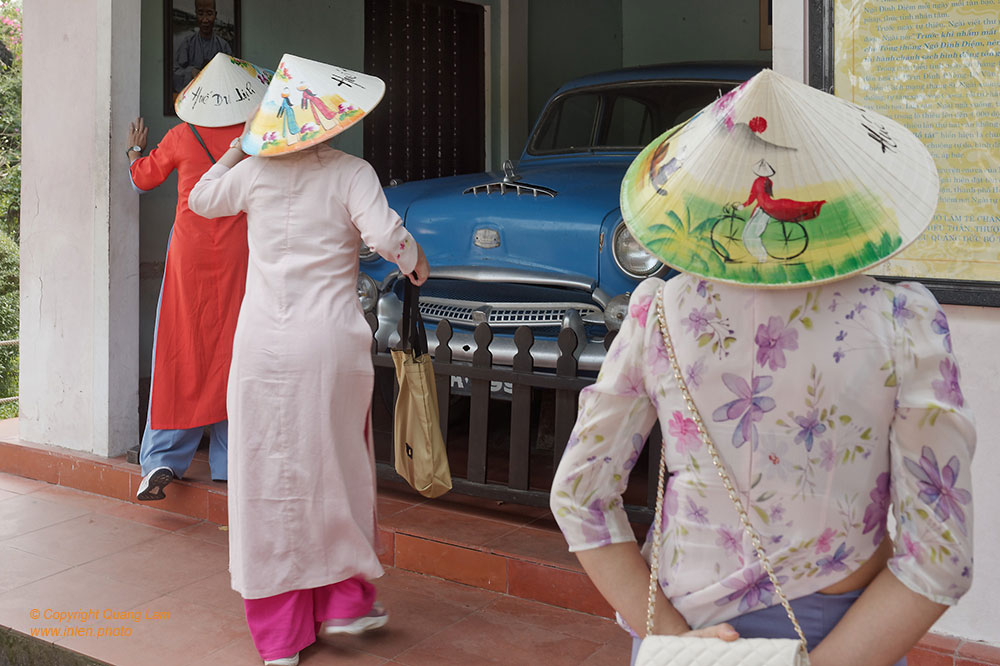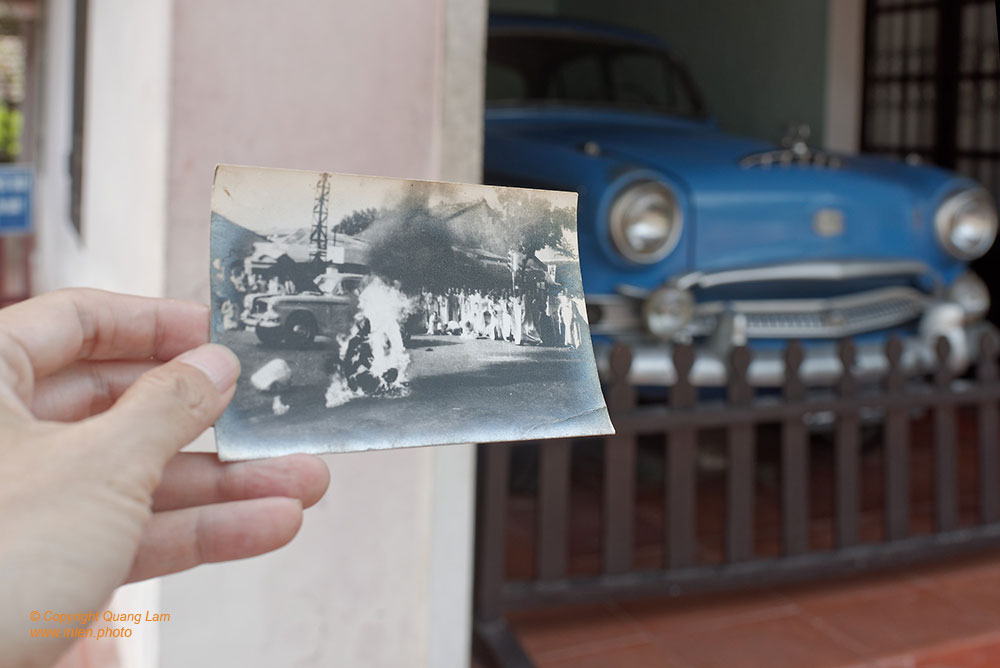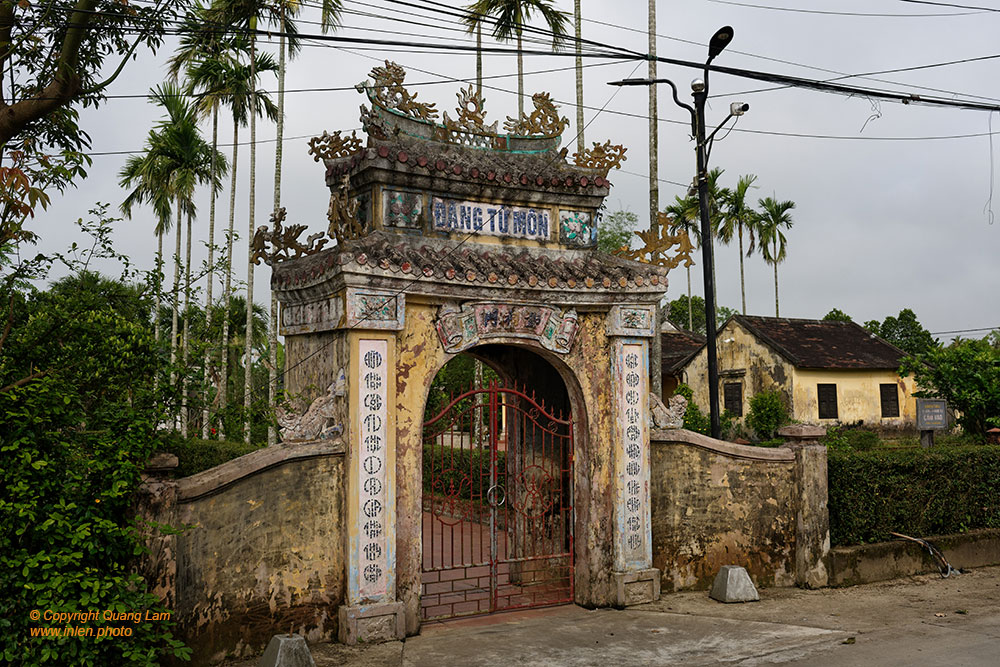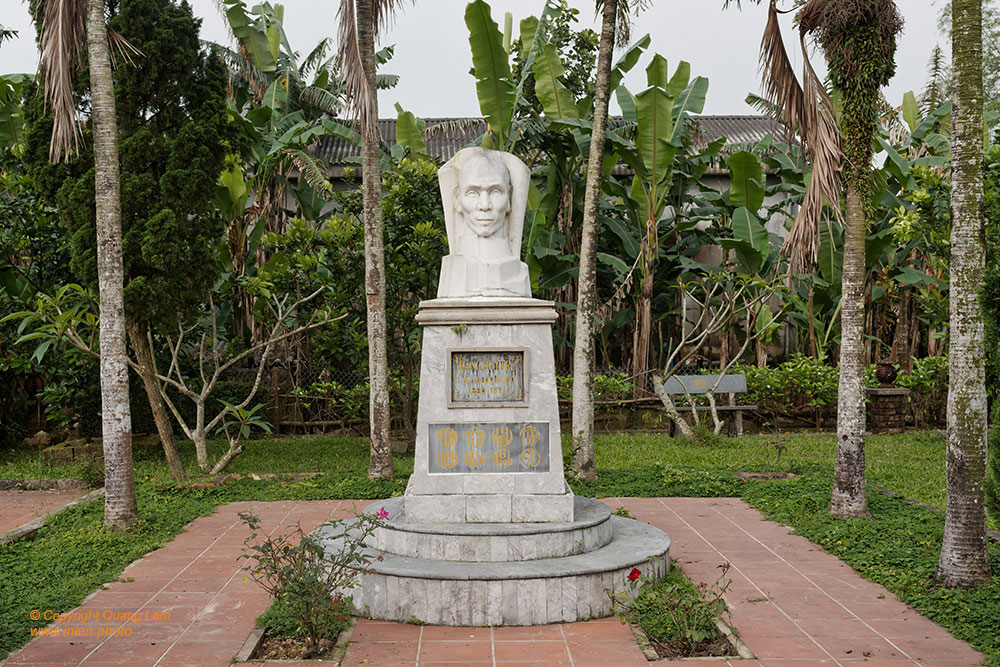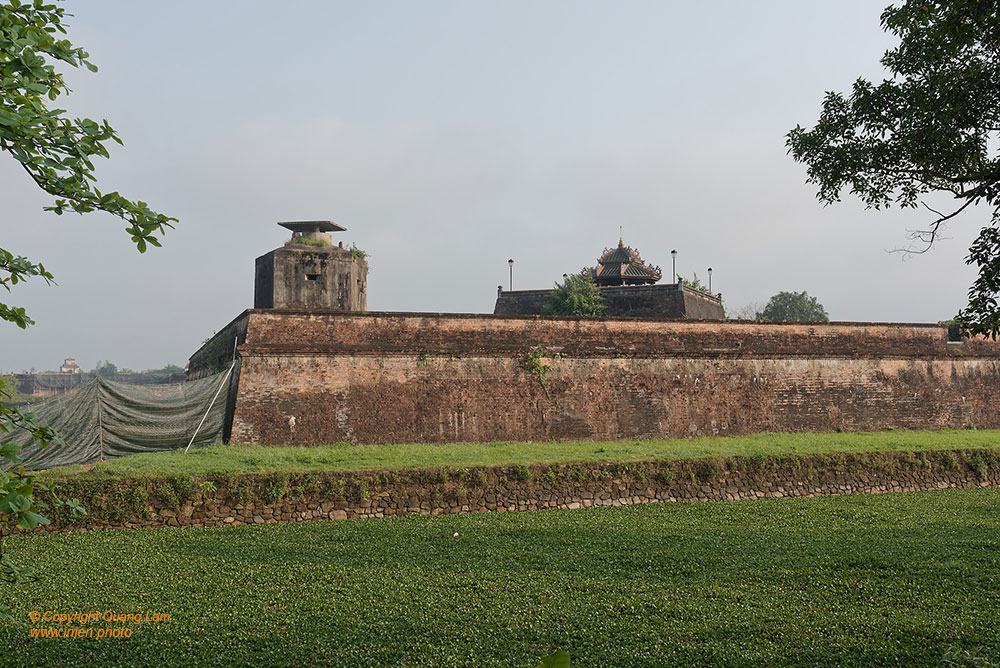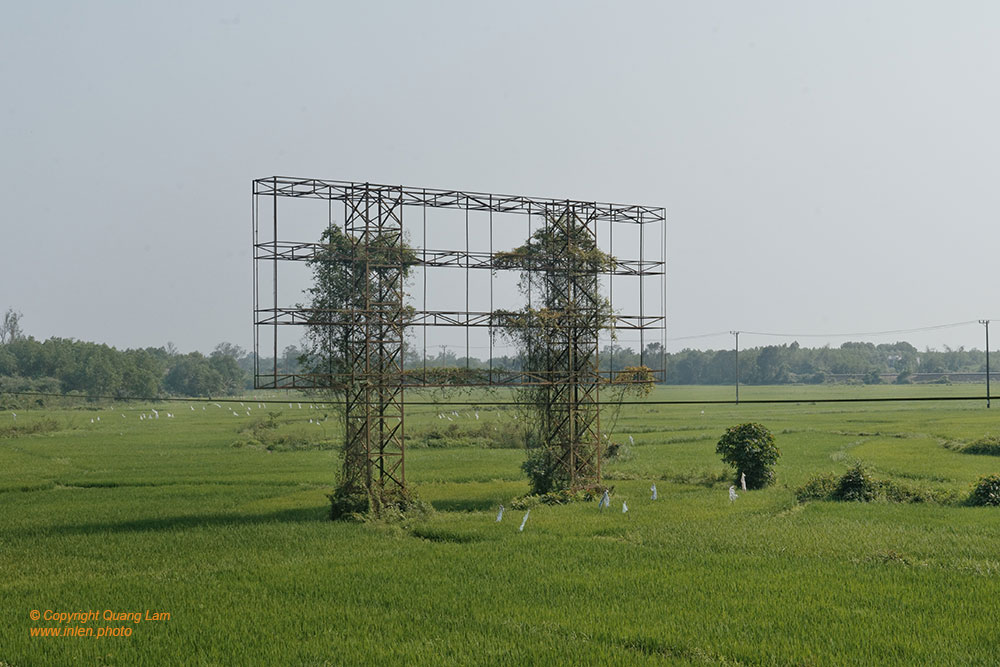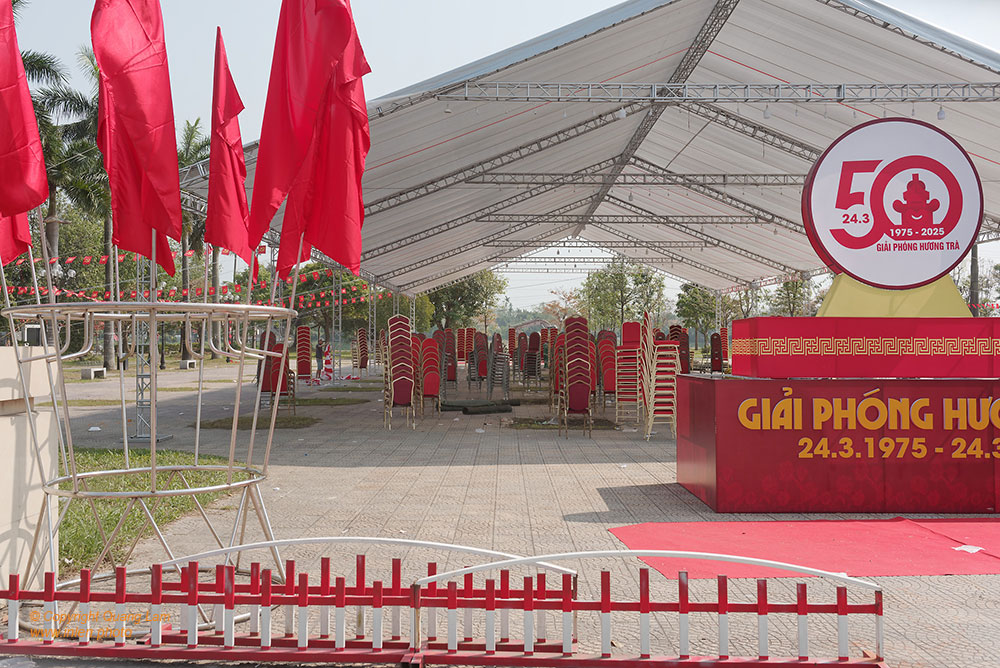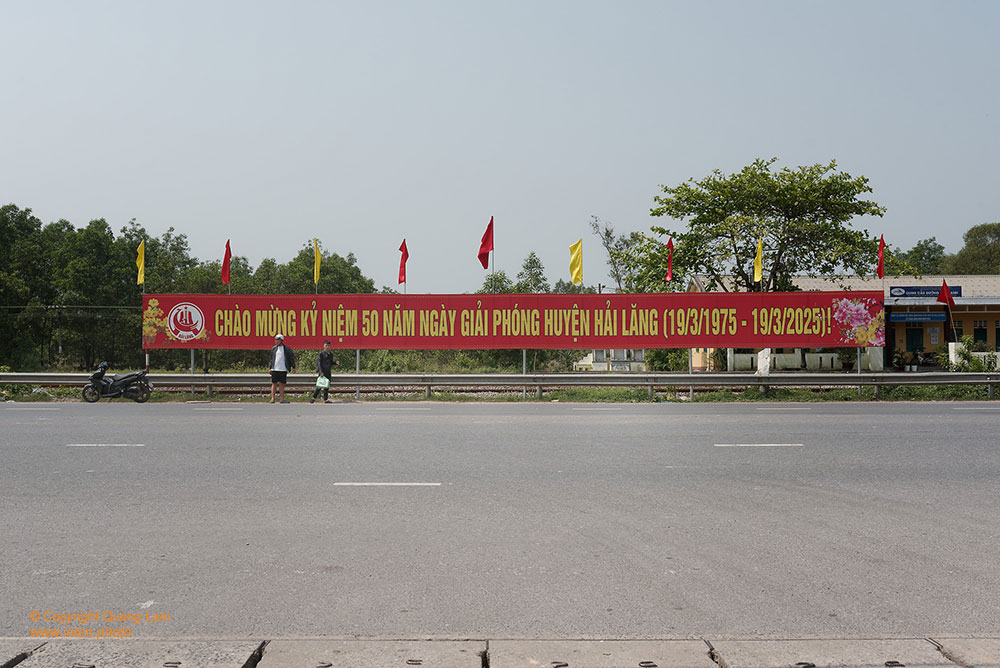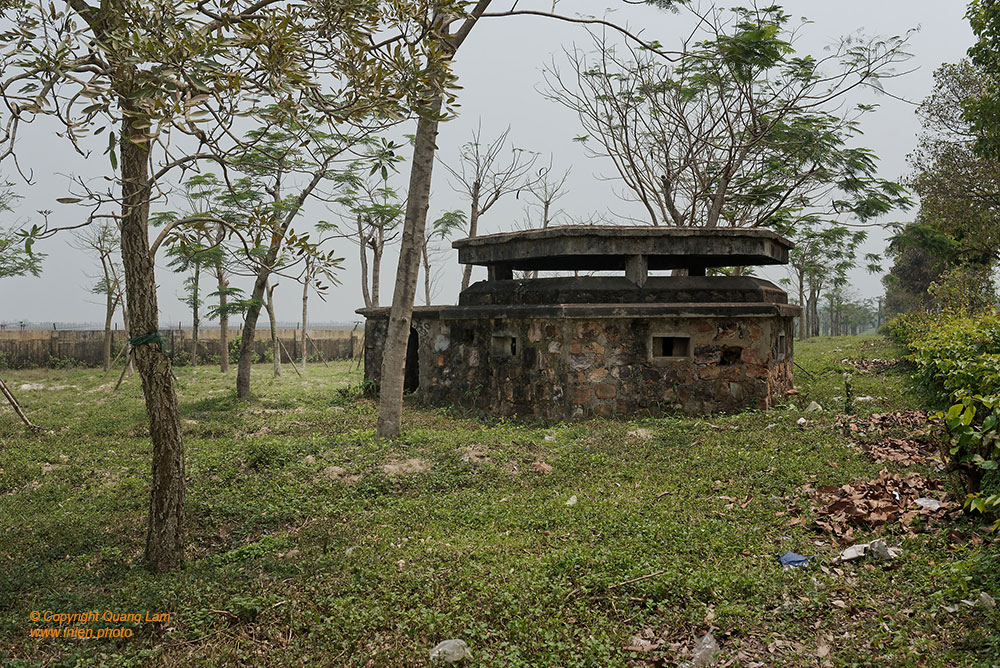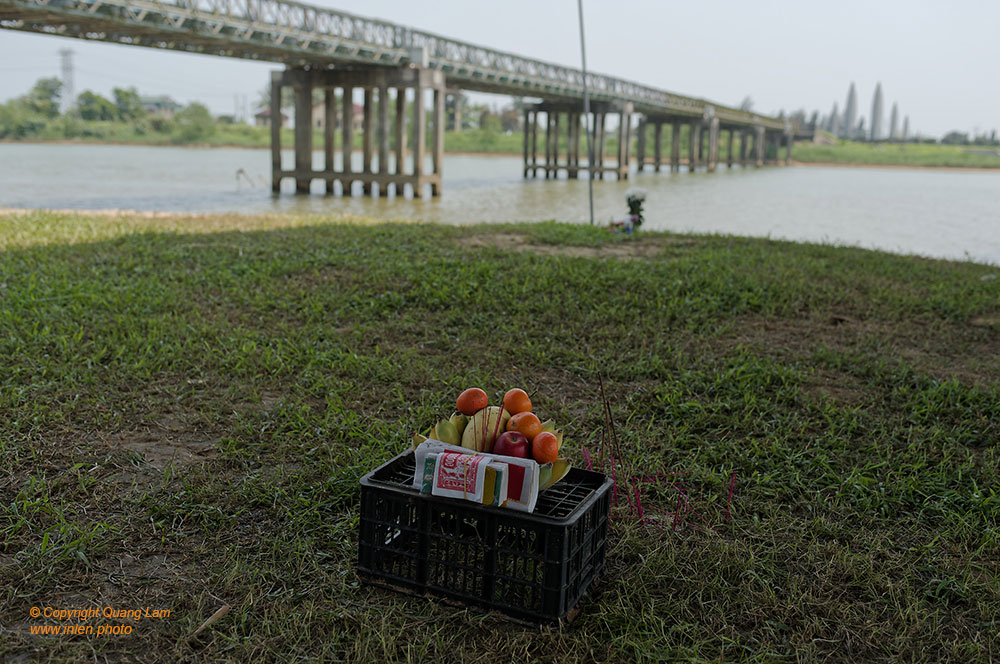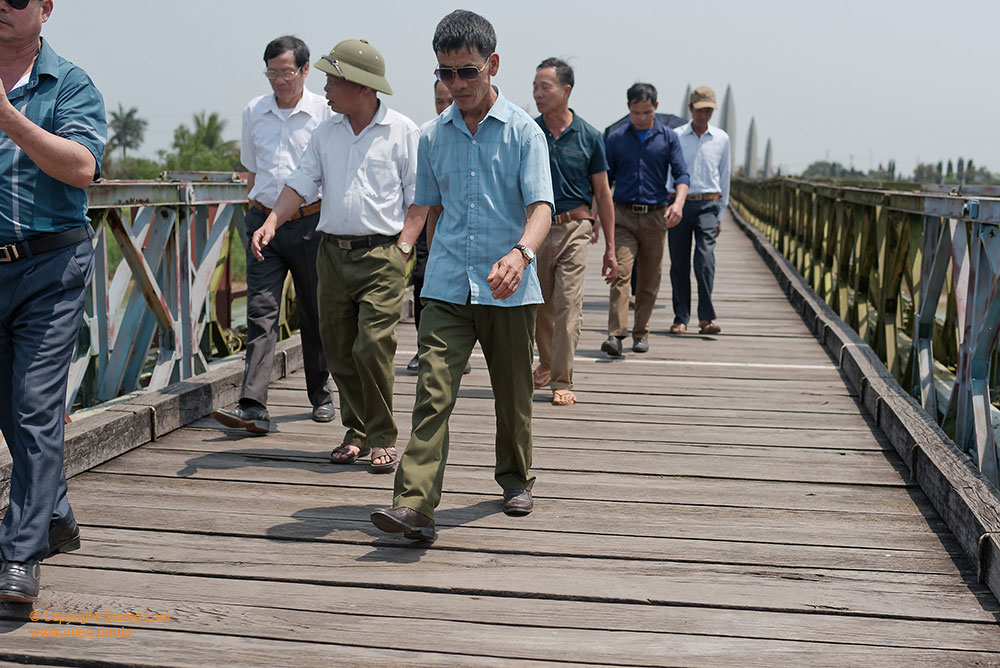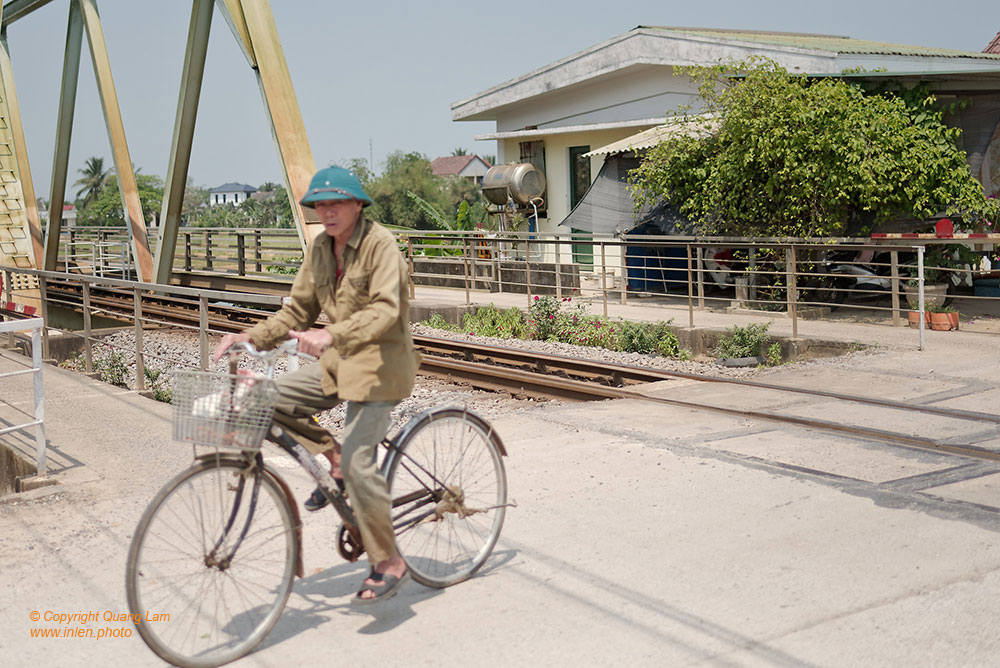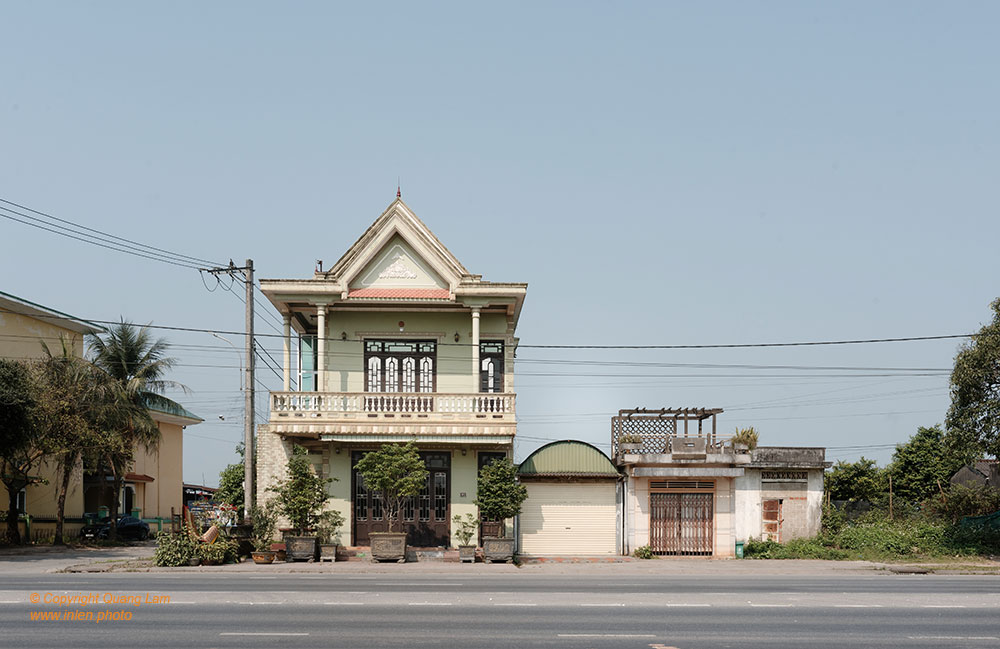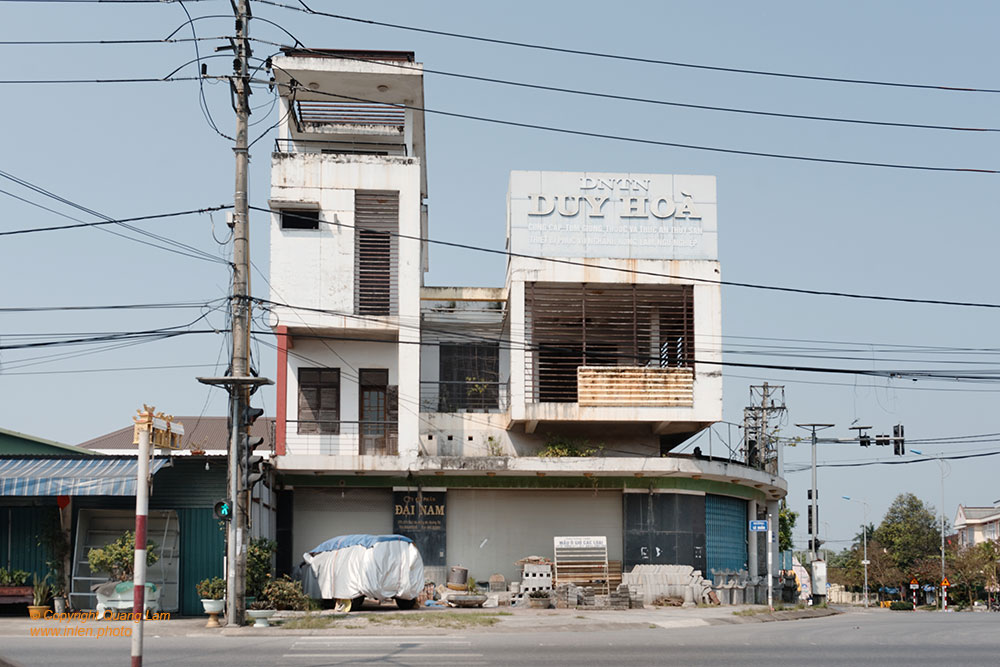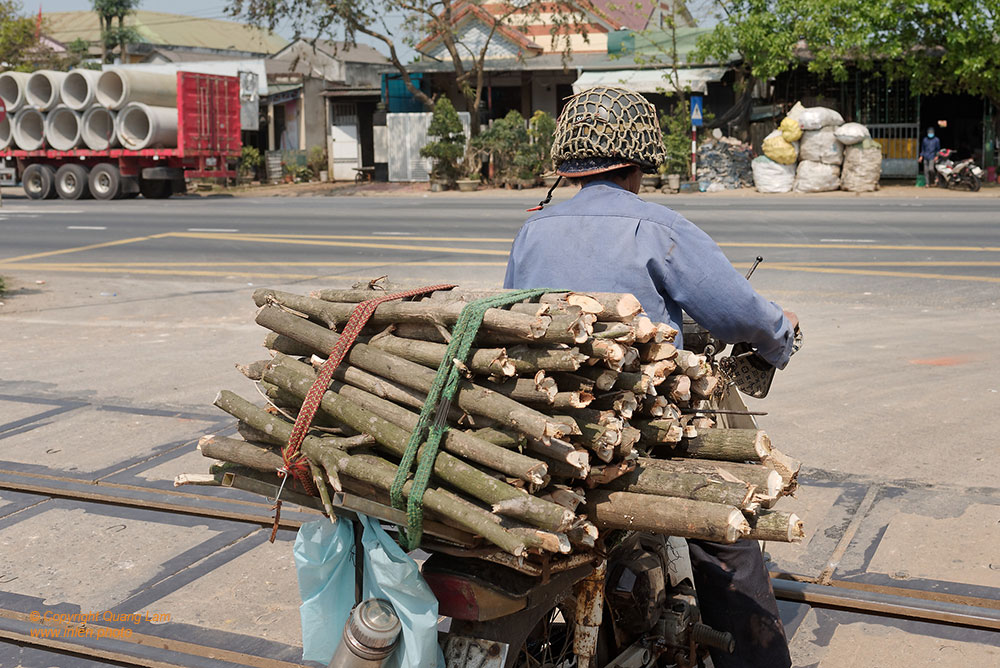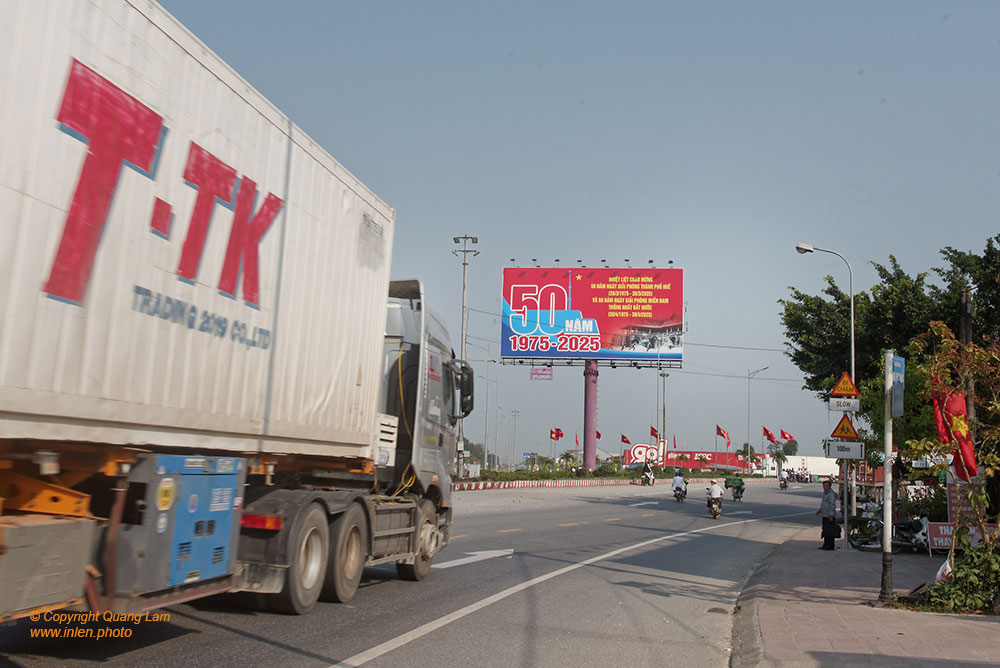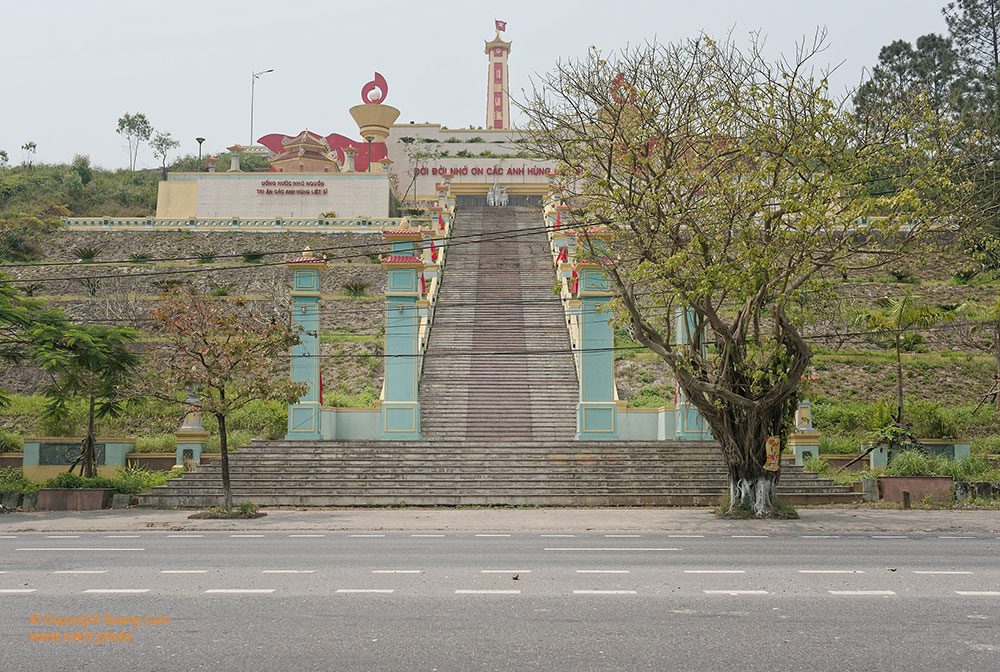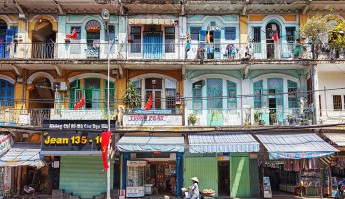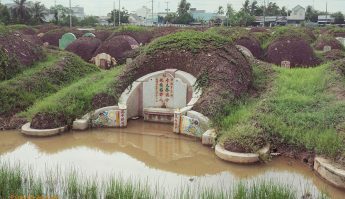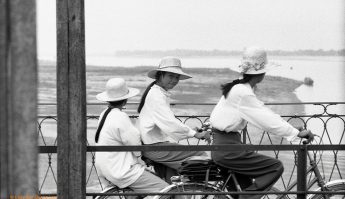Vietnam War – 50th anniversary – From Hue to the DMZ by Route QL 1
Travel Journal: From Hue to the DMZ by photographer Quang Lam
On the occasion of the 50th anniversary of the end of the war, I decided to venture to the DMZ, located approximately 100 km from the former imperial city of Huế. It wasn’t my first time in this region, but a psychological barrier had certainly been holding back my curiosity to take this road heading north, without really encountering more cultural or seaside tourist spots.
50 years after the events, what was left to see, to unexpectedly find as remnants of this border region known as the DMZ? It was born after the 1954 Geneva Accords and was only meant to be temporary for a few years at most, until the elections deciding on the first independent Vietnamese government.
It was only 25 years later that this zone disappeared with the collapse of South Vietnam, the date of April 30, 1975, remaining the one recorded by History. While crossing the various localities on this road named QL 1 (Highway Number 1), I learned that the advance of the Northern troops had begun a month earlier, thanks to the inscriptions on the various banners celebrating this anniversary.
The day before, to put myself in a state of mind compatible with this journey back in time, I went to visit a relic appearing in one of the most iconic photos of the Vietnam War: the self-immolation of the monk Thich Quang Duc. Visible in the background of the photo was the car, an Austin, which had transported the Venerable and whose hood was open to simulate a breakdown so that he would get out to perform his sacrifice on June 11, 1963. In the calm atmosphere of the Thien Mu Pagoda, I listened in all languages as the guides recounted this episode to their groups of tourists from all over the world.
So I left early the next morning under a chilly wind. On the outskirts of Hue, if you moved a few hundred meters away from QL 1, a peaceful life still unfolded with hamlets still silent under the mist, like this village that housed the ancestral altar of Dang Huy Tru, the first Vietnamese who introduced photography to Vietnam in 1869.
I had then decided to head to the Hien Luong Bridge, which was one of the crossing points between North and South, spanning the Ben Hai River, a natural demarcation line on the 17th parallel.
Like everywhere in Vietnam, the roads are lined with houses to such an extent that you feel like you’re going through a tunnel without seeing the surrounding landscape. The impression I had going north was noticing that the facades of the buildings seemed to date from the generation before the 2000s.
We were in the Quang Tri region, which due to its geographical location was the scene of some of the war’s fiercest battles, notably the 81-day siege of Quảng Trị Citadel in 1972 and the fierce fighting around Khe Sanh. It is estimated that 40% of all the war’s ammunition was used in this relatively narrow territory. Far from the country’s two urban centers, its reconstruction was slower and more difficult, as it was riddled with unexploded bombs.
Ultimately, on this day, I didn’t pass through the preserved conflict sites marked on my map, such as the Vinh Moc Tunnels, the site of the Battle of Khe Sanh in 1968, Camp Carroll, the Rockpile observation post, the Dakrong Bridge (crossing point of the Ho Chi Minh Trail), or the Truong Son National Cemetery.
I instinctively preferred to keep a bookish image of these official places in order to discover firsthand on this section of Highway QL 10 still-living clues, not erased by time, of this chapter of history, glorified in each village by red and multicolored banners commemorating the 50th anniversary of the end of the war.
At a bend in the road, the sight of a helmet of a “bo doi” (North Vietnamese soldier) or a GI is enough to revive the memory of the fratricidal fighting of these men. The rare bunkers cutting the horizon still cast the shadow of the conflict. You still need to have a keen eye because after 50 years, the sound of container trucks, proof of the intensification of development, has taken over from the rumble of tanks.



